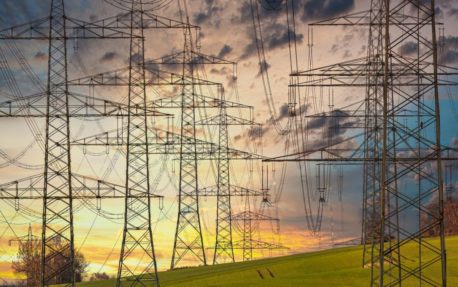the link between electromagnetic fields and cancer
Unraveling the Complex Connection
In recent years, there has been a growing concern about the potential health risks associated with exposure to electromagnetic fields (EMFs), specifically extremely low frequency electromagnetic fields (ELF-EMFs). While there have been suggestions that excessive exposure to these fields, such as those generated by power lines and electrical devices, may increase the risk of cancer, the evidence remains inconsistent and inconclusive. However, several studies have highlighted the influence of funding sources on the reported results and conclusions, raising questions about potential biases. This article aims to explore the relationship between source of funding and the reported outcomes, as well as provide an overview of the level of evidence regarding the association between ELF-EMF exposure and different types of cancer.
Evidence on Childhood Leukemia
The association between ELF-EMF exposure and childhood leukemia has been a significant focus of research. Meta-analyses conducted on this topic have consistently shown a significant association between elevated magnetic field exposure and an increased risk of childhood leukemia. However, it is important to note that most government or independent studies have reported such associations, whereas industry-funded studies have largely failed to find suggestive or significant links.
Elevated Risks in Adult Cancers
In addition to childhood leukemia, evidence suggests that excessive exposure to magnetic fields may also pose an elevated risk for various adult cancers. Meta-analyses and subsequent peer-reviewed studies have shown strong evidence linking ELF-EMF exposure with adult leukemia, both male and female breast cancer, and brain cancer. While there is less convincing evidence for other cancer types, indications of potential associations exist. Interestingly, there is no clear evidence of bias based on funding source in studies conducted on adult cancers.
Potential Mechanisms and Conflicting Data
The specific mechanisms through which magnetic field exposure may increase cancer risk are not yet fully understood. Studies have suggested the involvement of reactive oxygen species generation and gene induction. However, conflicting data, including animal studies, suggests that magnetic fields may act as promoters or stimulants for cancer growth rather than initiators.
Influence of Funding Source
One critical factor that affects the interpretation of research findings is the source of funding. Studies funded by government agencies or independent sources tend to report positive associations between magnetic field exposure and cancer risk. On the other hand, studies funded by industry sources often yield negative results or fail to find significant associations. This discrepancy raises concerns about potential biases introduced by conflicts of interest related to funding sources.
The Need for Prudent Avoidance and Awareness
Considering the consistent associations found in studies with non-industry funding, it is imperative to acknowledge that exposure to magnetic fields may indeed increase the risk of cancer. These findings emphasize the importance of adopting a “prudent avoidance” approach, which promotes the reduction of excessive exposure to magnetic fields without compromising our quality of life. Implementation of simple measures to minimize exposure can significantly reduce potential risks associated with magnetic field exposure.
Conclusion
While the evidence regarding the relationship between exposure to electromagnetic fields and cancer is still evolving, research suggests that excessive exposure to magnetic fields may indeed increase the risk of certain cancers. Although biases stemming from funding sources potentially influence the reported outcomes, studies funded independently or by government sources consistently show associations between magnetic field exposure and cancer risk. It is crucial to raise awareness about potential health hazards associated with excessive exposure to magnetic fields, encouraging individuals to take precautionary measures to minimize their exposure. Ongoing research is necessary to understand the underlying mechanisms fully and to validate these findings, ensuring the development of evidence-based guidelines for public health and safety.

“excessive exposure to these fields, such as those generated by power lines and electrical devices, may increase the risk of cancer…”